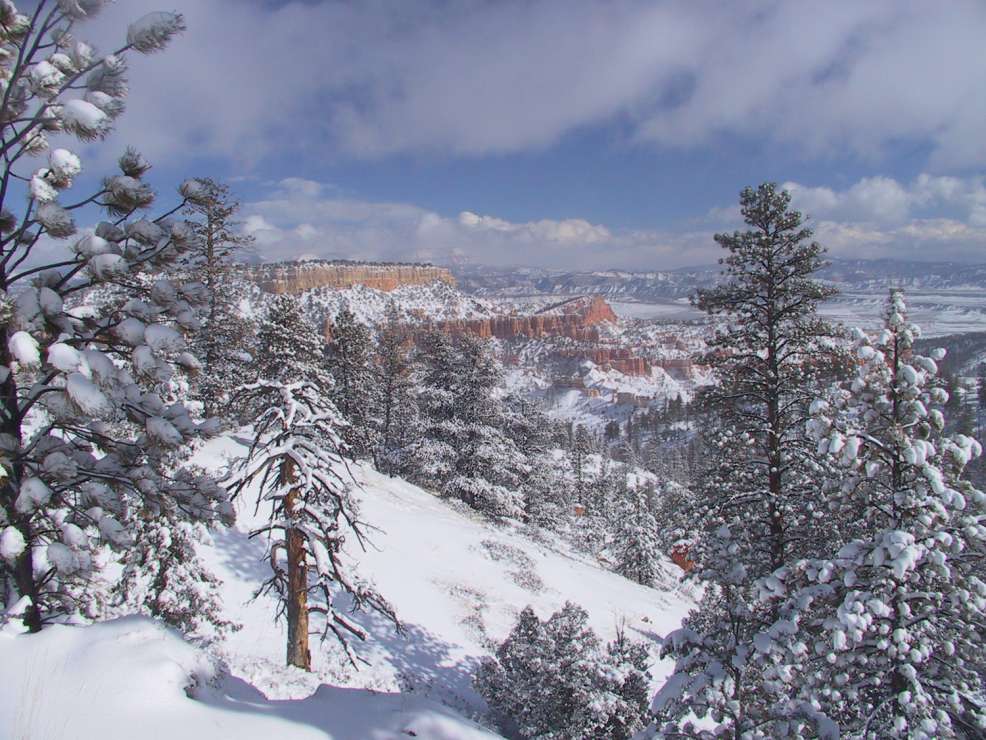National Park officials have closed all trails below the rim in Bryce Canyon National Park while they monitor unstable snow conditions after the weekend's storms.
In a statement released on Twitter on Monday, the Park Services stated the following:
"Unstable snow conditions and avalanche possibilities resulting from this weekend's continuing winter storm have required the temporary closure of all trails leading below the rim. The park is continuing to monitor the situation, and will post updates as they are available."
With the area under Avalanche watch, visitors to the park are cautioned to review safety tips and stay clear of the areas below the rim.
Here are some steps and tips to help avoid avalanches and what to do if you or someone you are traveling with are caught in a snowslide.
Understand the Potential Hazards
Avalanches can go as fast as 120 miles per hour (193 kph), which will easily sweep you into rocks, trees and pull you over cliffs. While there may seem to be nothing that you can do to prevent the damage that can come from being caught in an avalanche, being prepared starts with knowing how to read the snow conditions of the terrain and learning to avoid dangerous situations.
Prepare for potential avalanche weather by checking local weather services for alerts and the risk levels. The U.S. Forest Service Avalanche Center offers a way for people to sign up for alerts. For updates on avalanche risks in Utah click here.
Other Tips to help you prepare for an avalanche include the following:
Visit Ready.gov for more tips on what to do during an avalanche and other safety precautions to take.

